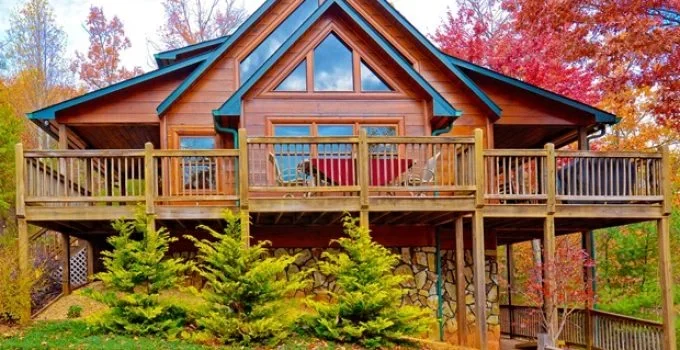Termites are not randomly invading your home—they’re following strong biological cues. From moisture to wood to warmth, specific environmental factors make your home irresistible to these pests. By learning what attracts termites, you can better prevent infestations and protect your property from expensive damage.
Dive Deeper
- Moisture: The #1 Attractant
- Wood: Food and Shelter in One
- Warmth and Shelter: Ideal for Colonies
- Scent Cues and Pheromones
- Table: Common Termite Attractants and Fixes
- 🎯 Final Thoughts
- 📚 References
Moisture: The #1 Attractant
Moisture is the primary environmental factor that attracts termites—especially subterranean and dampwood species. Termites require a humid environment to survive and maintain their soft exoskeletons.
- Leaking faucets and pipes
- Faulty drainage systems
- Wet soil around the foundation
- Poor ventilation in crawl spaces
💧 According to the University of California IPM Program, excess moisture is the most common contributor to termite infestations and must be corrected before treatment can be effective [1].
Wood: Food and Shelter in One
Cellulose, a complex carbohydrate found in wood, is the primary food source for termites. They digest it with the help of symbiotic gut microbes.
Termites are attracted to:
- Untreated wood near soil contact
- Firewood stacked beside the home
- Wooden mulch touching foundations
- Rotting logs, stumps, or construction debris
🪵 According to the USDA Forest Service, wood that is in contact with soil for more than 48 hours in a termite-prone area should be considered vulnerable to infestation [2].
Warmth and Shelter: Ideal for Colonies
Termites prefer stable temperatures and protected environments, making homes an ideal setting for a growing colony.
They are especially drawn to:
- Heated basements and crawl spaces
- Insulated walls and foundations
- Dark, undisturbed corners of attics and sheds
These factors enable termites to thrive year-round, even in colder climates.
Scent Cues and Pheromones
Termites use chemical signals called pheromones to communicate. Some of these signals can also be triggered or mimicked by:
- Decaying plant material
- Certain fungi or mold
- Wood already infested with termites
Swarming alates (winged termites) may also follow scent trails from mature colonies to establish new nests nearby [3].
🧪 A 2022 study published in Insects found that termites are significantly more likely to tunnel toward wood treated with fungal decay products, indicating a strong scent-driven attraction [4].
Table: Common Termite Attractants and Fixes
| Attractant | Why It Matters | How to Fix It |
|---|---|---|
| Standing water / high humidity | Creates ideal survival conditions | Repair leaks, add ventilation |
| Wood-to-soil contact | Easy access to food and entry | Use concrete barriers or treated wood |
| Mulch near foundation | Provides food and moisture | Keep mulch at least 12 inches from foundation |
| Firewood piles near home | Increases risk of colony formation | Store at least 20 feet away, off the ground |
| Cracks in foundation | Entry point for subterranean termites | Seal gaps and use proper grading |
| Dead tree stumps or roots | Hosts termites in dormant structures | Remove entirely including root systems |
🎯 Final Thoughts
So, what attracts termites? It’s not just wood—it’s the combination of moisture, shelter, temperature, and scent. These biological needs make homes and yards ideal for infestation if not properly maintained.
To prevent a termite invasion:
- Eliminate moisture sources
- Create physical barriers between soil and wood
- Store cellulose-rich materials away from buildings
- Schedule regular inspections—especially in spring and fall
Understanding what draws termites in is the first step toward keeping them out.
📚 References
- University of California Agriculture and Natural Resources. “Managing Subterranean Termites.” UC IPM, 2023.
https://www2.ipm.ucanr.edu/agriculture/structural/Subterranean-Termites/ - United States Department of Agriculture (USDA). “Protecting Wood from Termite Attack.” Forest Service Research Paper FPL-99, 2005.
https://www.fs.usda.gov/treesearch/pubs/18334 - Rust, M. K., & Su, N.-Y. “Managing Social Insects of Urban Importance.” Annual Review of Entomology, vol. 57, 2012, pp. 355–375.
https://doi.org/10.1146/annurev-ento-120710-100634 - Biedermann, P. H. W., et al. “Termite Behavioral Responses to Fungal Wood Decay.” Insects, vol. 13, no. 6, 2022.
https://www.mdpi.com/2075-4450/13/6/502
